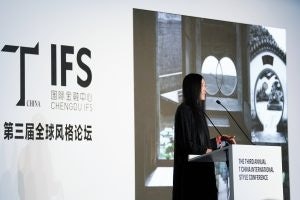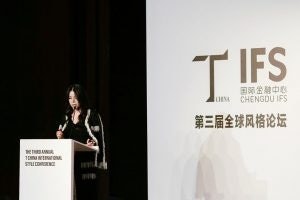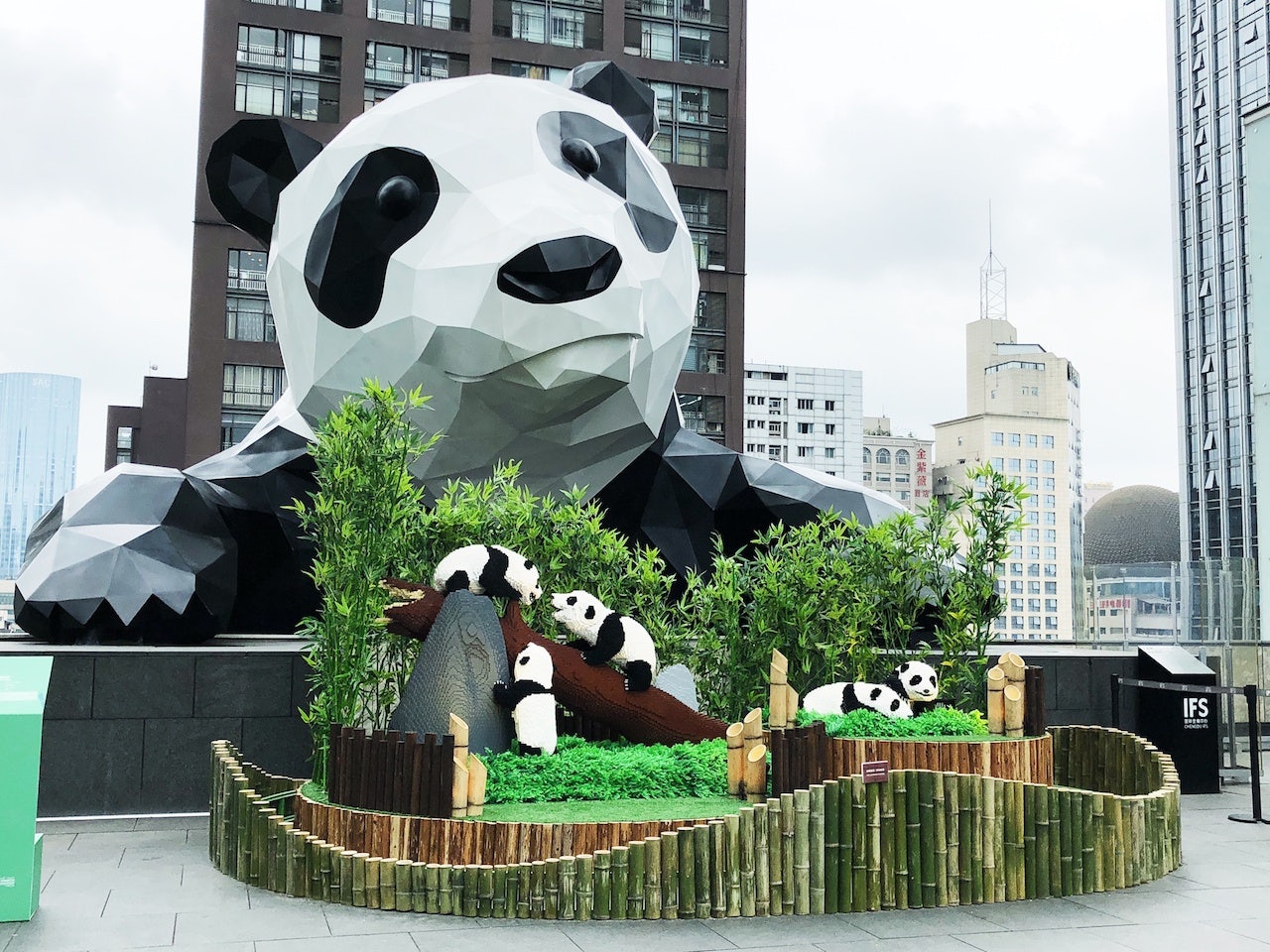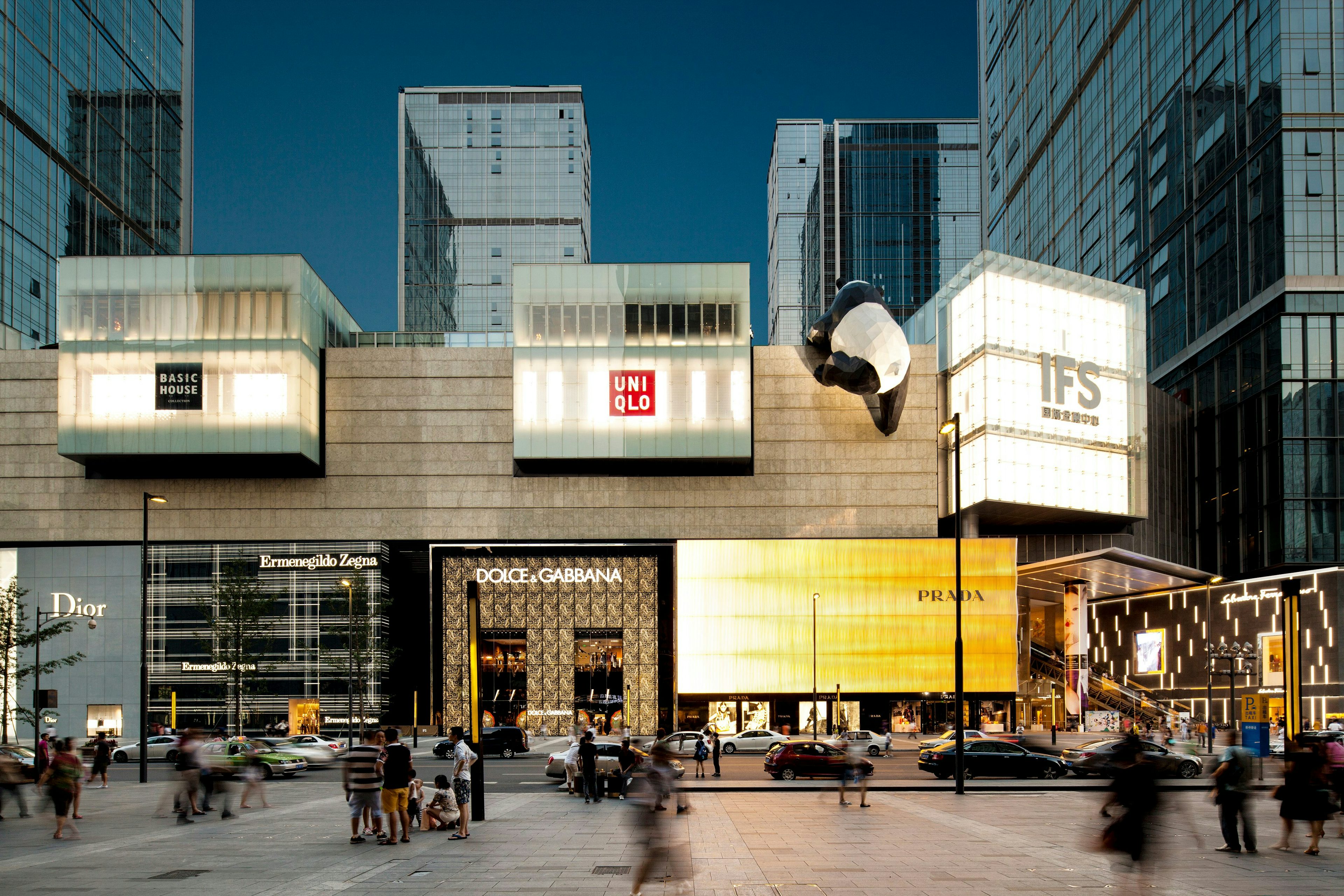Campaigns from major international brands ranging from Dolce & Gabbana to Burberry have missed the mark with Chinese audiences, often resulting in offended consumers and a significant loss of branding dollars. Fortunately, the luxury industry is home to some brilliant China-born specialists who can offer advice to brands on how to best understand ‘oriental style’ and the history and philosophy behind it. Many of those professionals were on hand at the recent T China International Style conference in Chengdu to discuss exactly that — and Jing Daily was there.
The May 29 event was held jointly by the upscale shopping mall Chengdu IFS (Chengdu International Finance Square) and T China: The New York Times Style Magazine inside of the mall itself. The choice of location for this conference was significant — In just under a decade, the southwest city of Chengdu has completely transformed itself from a sleepy, ancient region into China's third-largest luxury market after Shanghai and Beijing. And Chengdu Government officials were present, proudly recognizing their city as an important new hub for international business, fashion, and innovation.
Below are three takeaways from different speakers on Chinese cultural issues that luxury brands simply must understand:

Walking the tightrope as an Asian designer#
The Central Saint Martin-educated fashion designer Uma Wang, who was one of the first Chinese designers to appear regularly at Milan Fashion Week, spoke at the conference, where she discussed her insecurity about not using any Asian elements early in her career. “My brand is ten years old this year and looking back, I feel like I have always walked on eggshells,” she said. “I have been showcasing my designs in different stages at different fashion weeks around the globe, but early on there were not as many of Chinese designers like now, so many people doubted you and questioned your identity and culture. For example, I didn’t want to expose Asian cultures in my collection, and that’s a sign of not being confident enough [about our culture].” Wang also spoke about how she began appreciating Asian aesthetics again after working as a stylist for Chinese actor-director Jiang Wen’s film Hidden Man.
Oriental style is more than just bamboo#
Another presenter, the Chinese-American designer Juju Wang, first became known for her creative involvement on the Hermès Home line and has since collaborated with big names like YSL, Dior, Givenchy, and Swarovski. While addressing the crowd, she stated that her impressions about oriental style have evolved over the years. “If you asked me ten years ago, ‘what is oriental style?’ — I would’ve said bamboo or plum blossoms,” she said. “But throughout the past few years of working and living in China, I find oriental culture is really about a sense of balance and harmony.” Both designers intimated that luxury brand wanting to recreate oriental styles should learn to interpret Asian concepts rather than just copying specific elements or symbols.

Wanted: more Asian designers#
As the appreciation of Chinese designer had grown, so too has China’s consumption power. “The upgrade of domestic consumption has not only shifted people’s lifestyle, but also changed the city, thus creating shopping centers like IFS,” said the investor, philanthropist, and founder of Yu Holdings, Wendy Yu. “China luxury is about 112 million (770 billion RMB) today and will double to about 174 million (1.2 trillion RMB) by 2025, delivering 65% of global growth in the next seven years, China will become the world’s biggest luxury consumption country. One reason attributed to this is the rise of [China’s] economy.” As this consumption appetite grows, Chinese companies are investing more in European luxury brands and local designers. For example, Yu started an award with Business of Fashion to help emerging young Chinese designers. “I think it’s important to invest not only in well-known designers,” Yu said about her investment strategy. “We should start with younger designers as well.”
If there was one recurring theme at the conference, it was that China is already the world center of luxury, and Asian styles will soon be recognized globally.

